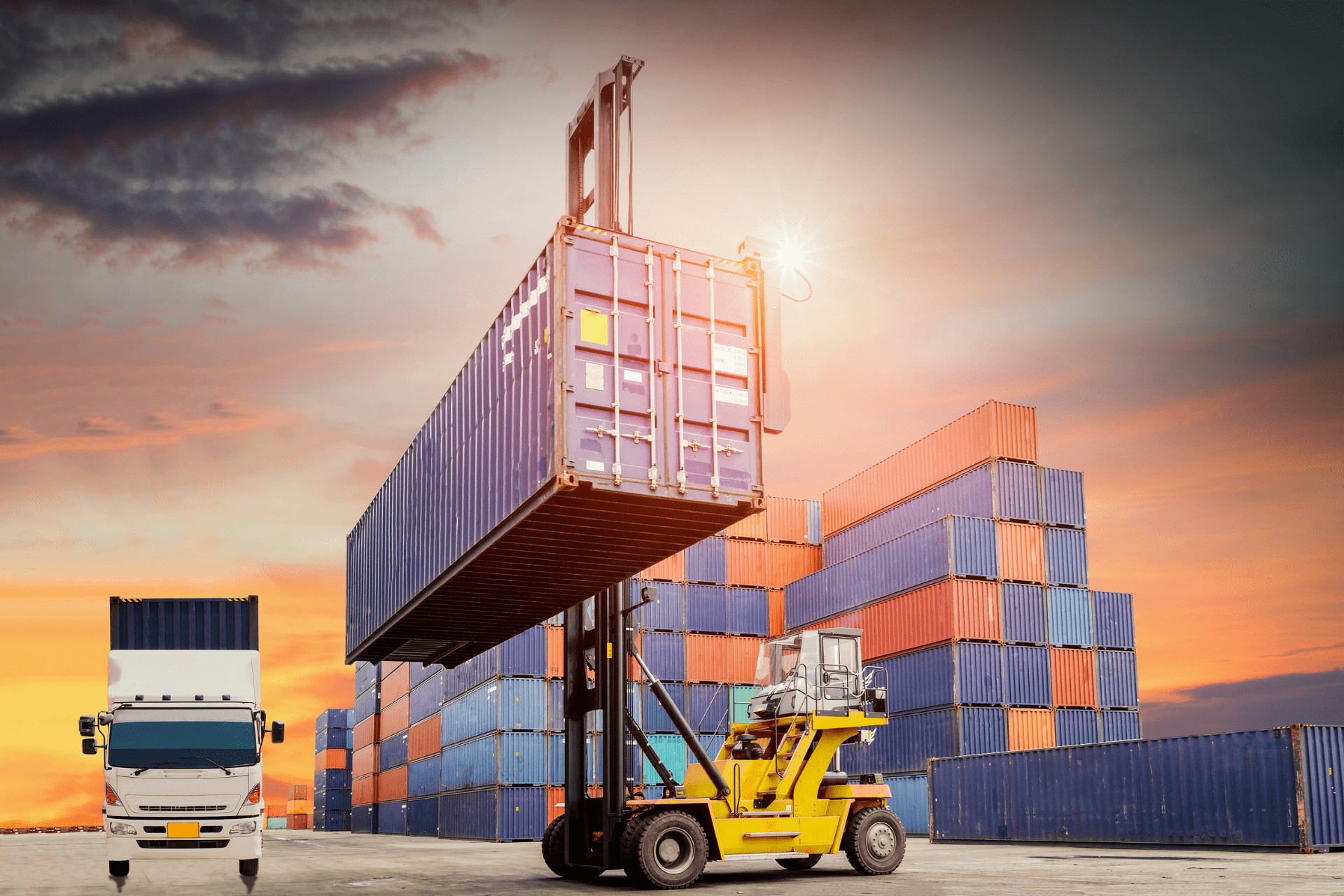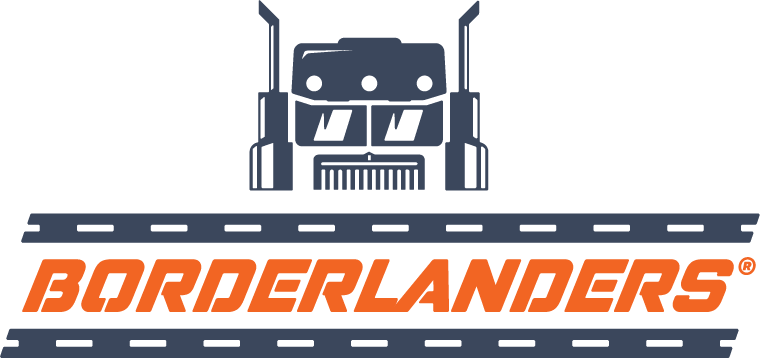Emerging Trends in Transportation and Logistics
The transportation and logistics industry is constantly evolving to meet the changing demands of the global economy. In this article, we will explore some of the emerging trends in the industry and their potential impact.
Autonomous Vehicles
One of the most significant trends in transportation is the development and implementation of autonomous vehicles. These vehicles can operate without a human driver, and they have the potential to revolutionize the industry by reducing costs and improving efficiency. Autonomous trucks and drones are already being tested for various logistics applications, and there are predictions that they will become more widespread in the coming years.
Artificial Intelligence
Artificial intelligence (AI) is another emerging trend in transportation and logistics. AI can be used to analyze data, optimize routes, and predict demand, among other things. This technology has the potential to reduce costs and improve efficiency in the industry by automating many tasks that were previously done manually.
Internet of Things (IoT)
The Internet of Things (IoT) is the network of interconnected devices that can exchange data with each other. In the transportation industry, IoT can be used to track shipments and monitor conditions such as temperature, humidity, and vibration. This can improve the quality of service and reduce waste by identifying problems before they occur.
Sustainability
As the world becomes more environmentally conscious, sustainability has become an important consideration for the transportation and logistics industry. Companies are exploring alternative fuels and energy sources, as well as implementing more sustainable practices such as reducing waste and emissions. This trend is expected to continue as consumers and governments demand more environmentally responsible transportation solutions.
Blockchain Technology
Blockchain technology is a secure, decentralized ledger system that can be used to track and verify transactions. In the transportation industry, blockchain can be used to improve transparency and security in supply chains, as well as to streamline payments and reduce paperwork. This technology has the potential to improve efficiency and reduce costs in the industry.



